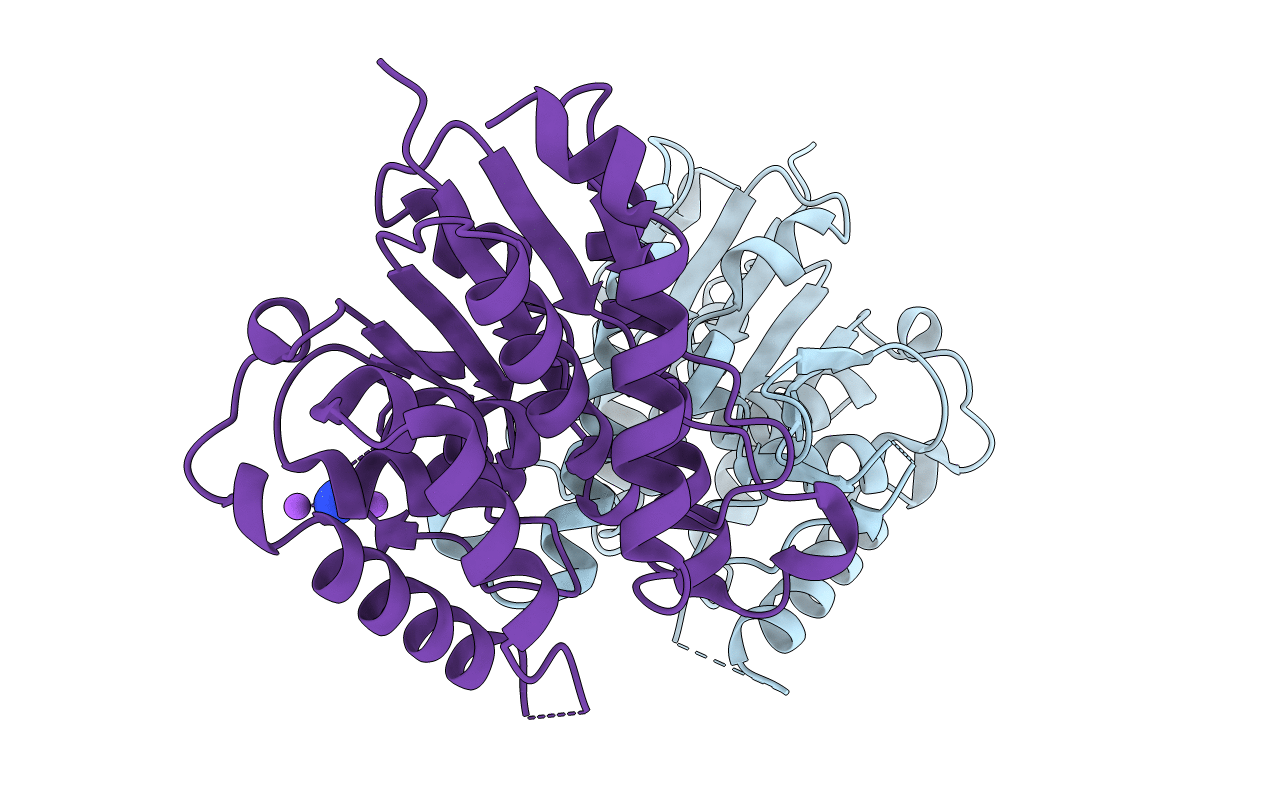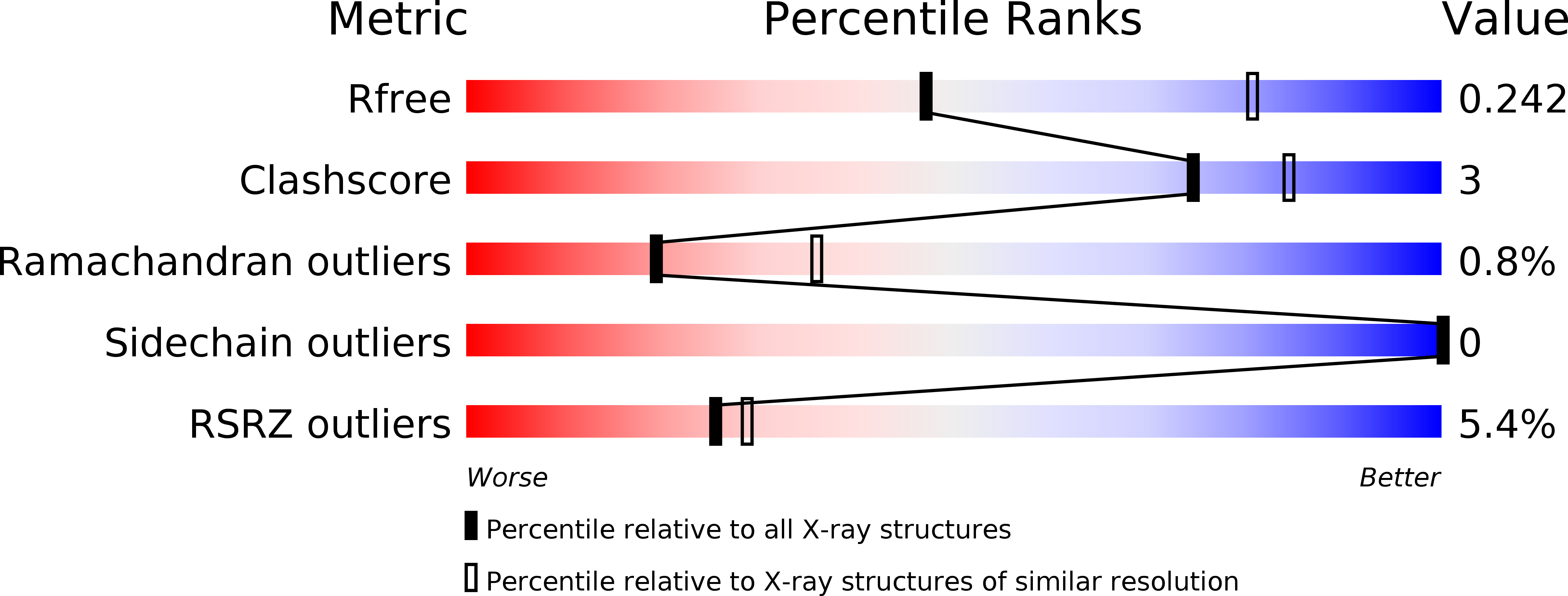
Deposition Date
2015-12-14
Release Date
2016-04-06
Last Version Date
2024-11-13
Entry Detail
PDB ID:
5FQU
Keywords:
Title:
Orthorhombic crystal structure of of PlpD (selenomethionine derivative)
Biological Source:
Source Organism:
PSEUDOMONAS AERUGINOSA PAO1 (Taxon ID: 208964)
Host Organism:
Method Details:
Experimental Method:
Resolution:
2.74 Å
R-Value Free:
0.23
R-Value Work:
0.19
R-Value Observed:
0.19
Space Group:
P 21 21 21


